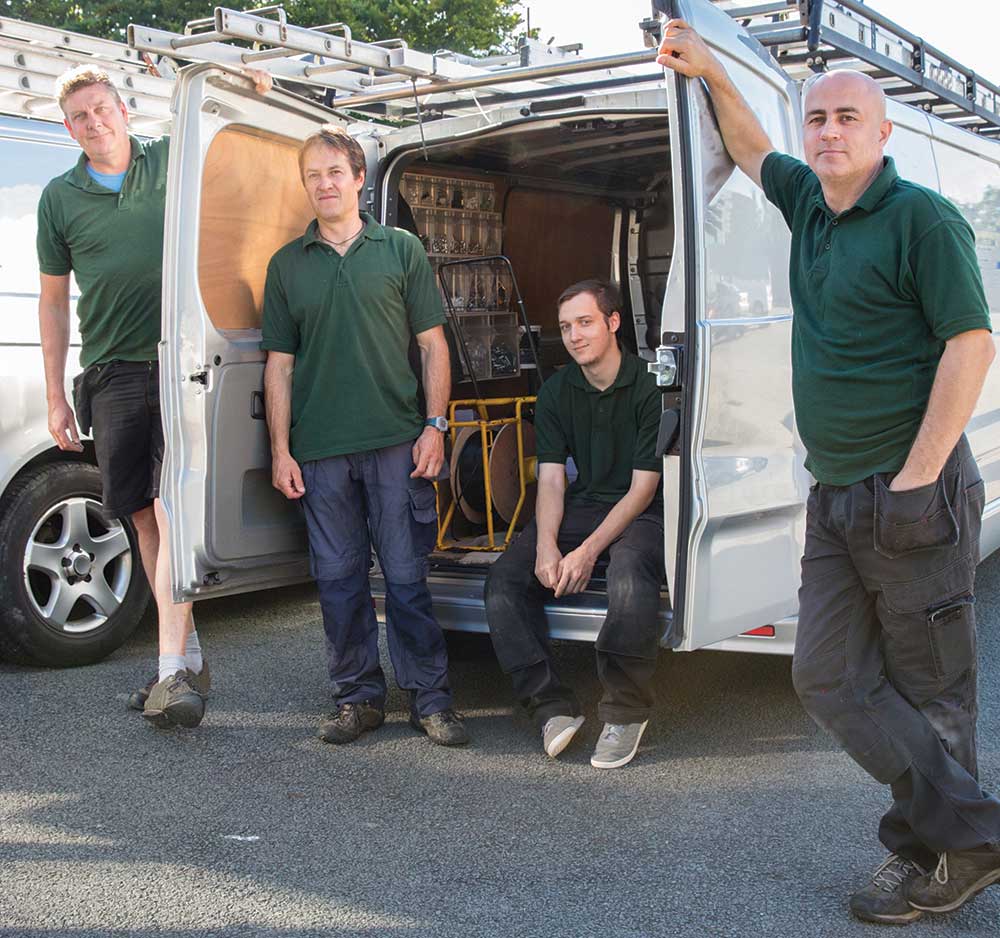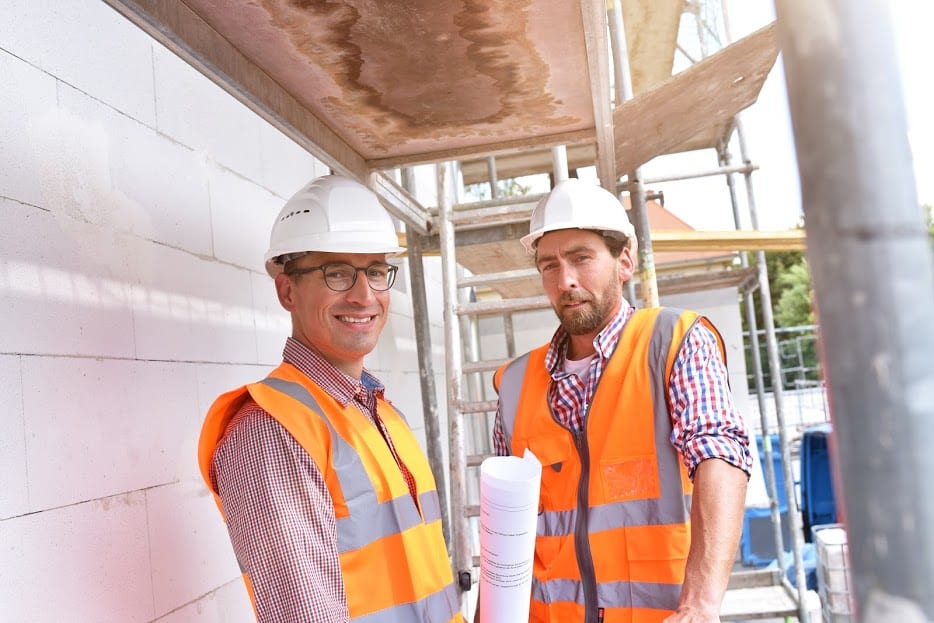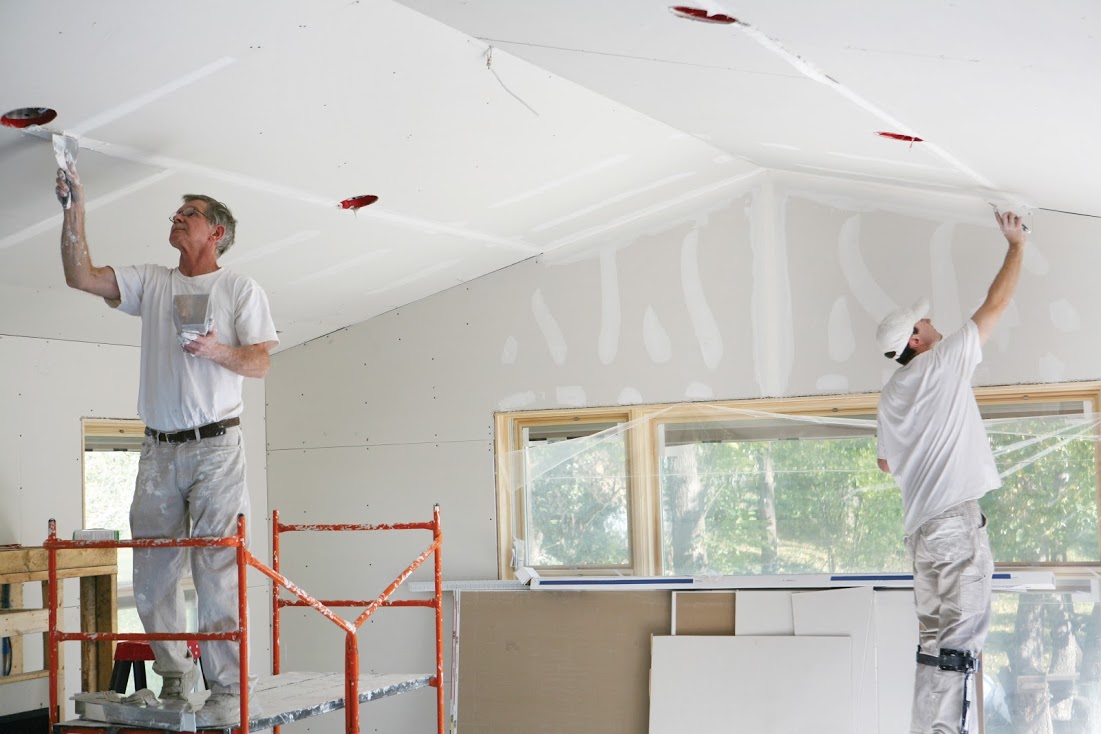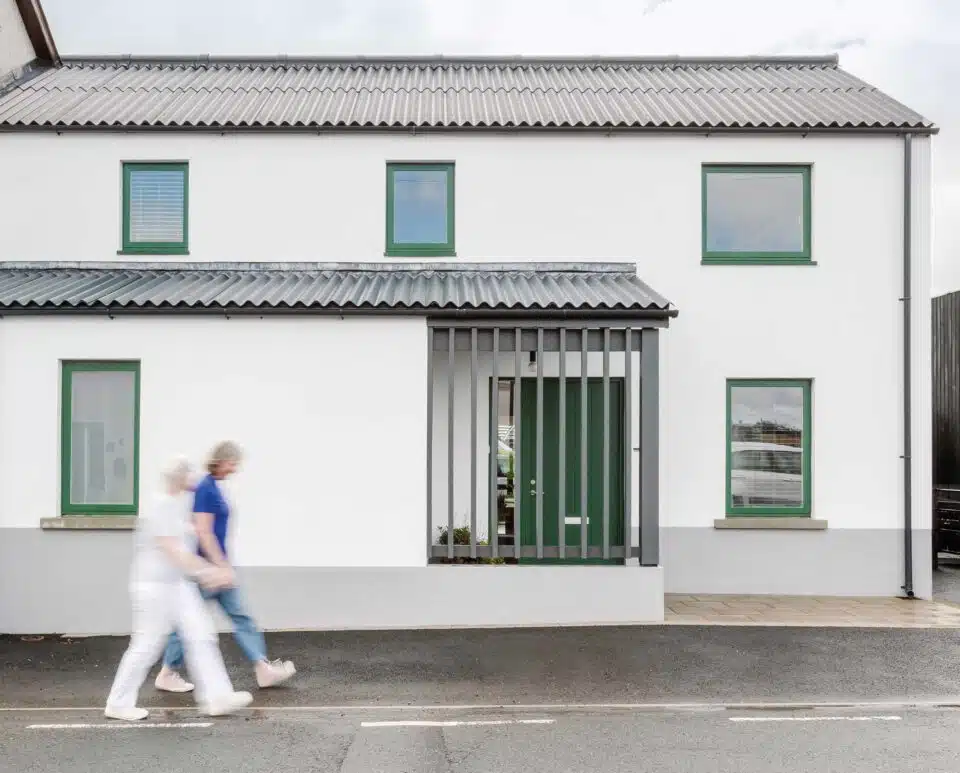In this article we cover:
- How labour prices are set
- Current minimum rates
- Why labour rates look like they will continue to rise
- Statutory increases and other inflationary pressures
- Labour shortages: where to next?
What do timber, insulation, steel, plastics, and now fuel, all have in common? They are the cause of many headaches in the construction industry. Every builder in the country at present has to contend with the upward spiral of pricing. The reason for material price increases, as outlined in a previous article, include the pandemic, licencing issues, worldwide demand. And now, unfortunately, war.
With so much of the focus on material prices increases, the news that the Irish construction industry has landed a labour price increase on the first of February 2022 may come as a surprise. So, what does this mean and how will it impact the self-build community?
Tradesmen cost in 2022: How labour prices are set
To understand the impact on the self-build community, it’s important to understand labour costs in the Irish construction industry are controlled.
In ROI since 2017, the minimum price that an employer must legally pay an employee in the construction industry has been set down by a ministerial order (known as the Sectoral Employment Order (Construction Sector), or SEO for short) from the Department of Enterprise.
There is some legal argument currently underway in the court system in respect to the constitutionality of the orders but they remain in force until such time as the courts tell us otherwise.

Prior to the 2017 order, the rate payable to those working in construction was governed by partnership agreements within the industry. The last partnership agreement lapsed in 2011 and the process collapsed on the back of the recession and absence of work.
When the agreement came to an end in 2011, the last rate that had been agreed for a craftsman represented a drop in wages of 7.5 per cent (due to the downturn) from an hourly rate of €18.60 in January 2008 to a rate of €17.21 in February 2011.
Jump forward to October 2017 when the first SEO was introduced into the industry through a new system administered by the labour court, and this increased to €18.93 per hour. It then further increased to €19.44 in October 2019 and then to €19.96 per hour in October 2021.
The February 2022 increase has brought this rate to €20.52 per hour. If you take the period from the introduction of the first SEO to the latest increase, this equates to a jump of €1.59 per hour or approximately an 8 per cent increase, for every manhour worked by a craftsman.
The rates for other trades and apprentices are based on a percentage of the craftsman rate so they move by a similar percentage.
In addition to the base rate, the employer must also allow for payments for holiday pay, overtime, PRSI (11.05 per cent), travel time, pension contribution (€28.65 per week), death in service benefit (€1.14 per week) and sick pay (€1.27 per week) for every employee.
This adds in the region of an additional €7.21 per hour to the base cost applicable from February 2022, which results in an hourly cost for an employer for a craftsman of €27.73 or €221.84 for an eight hour day and €1,109.20 for a five day week.
This is before any profit or overhead is applied to the cost and is based on the minimum that a craftsperson must be paid, not what they may seek or what an employer might have to pay to keep good staff.
It is not unusual in the current marketplace to see craftspeople earning in excess of €1,500 per week, and I have recently seen demands approaching €2,000 per week in Dublin for carpenters.
Given the SEO is legally binding on the industry in Ireland, anyone employing a person within the industry which includes all tradesmen, apprentices and the likes are mandated to pay these rates as a minimum.
On that basis it is easy to see how these changes will impact the self-building community. It is inevitable that the rates a company must pay for a plasterer or a carpenter, painter, and so forth, that the increase will be passed on to consumers, including self-builders.
Labour shortages
In addition to the actual mandated cost of labour, the Irish construction industry is suffering from a substantial lack of availability of qualified staff.
When the downturn kicked in in the middle of 2007 it heralded a mass exodus of Irish construction workers out of the country, many of whom have never returned. Reductions in the numbers of those signing up to apprentices quickly followed to a point where no new entrants to many trades were recorded for a number of years.

This has hit the wet trades particularly hard with an absence of block layers, carpenters, plasterers, and tilers. Electricians and mechanical contractors have also been impacted. In a market that suffers from an absence of actual workers, the only guarantee is that the cost of wage demand rises from those in the marketplace, and with that comes increased costs to consumers.
Will labour costs continue to increase?
In ROI we know that a further rate increase will kick in from the first of February 2023, rising to €21.09 per hour for a craftsman.
Coupled with an active market driven hard by the pent up demand of the pandemic shutdowns, most believe we are in for sustained labour cost increases. This in turn continues to drive many project costs to the point of becoming unviable.
Unfortunately, there is no quick fix solution to this issue and when added to the current mix of material price increases it makes for a difficult period ahead for anyone thinking of building.
With adversity will come innovation and there is no better time for the market to concentrate on product development, off site manufacturing and quicker and more efficient ways of building. This will make the building process more cost efficient and will bring to the construction sector more certainty and long term viability.
How much tradesmen cost in NI in 2022
The NI construction industry estimates it will need thousands more workers to 2025. So how much does it cost to hire a tradesman in NI now, and where are labour costs heading?
In both NI and ROI, rates for construction labour are influenced by supply versus demand and the well reported scarcity of skilled labour is forcing many construction projects to factor in additional percentages for labour costs.
There is plenty of anecdotal evidence that many of our skilled workers are actively seeking out more lucrative wages in Belfast and Dublin or on the UK mainland. To quote the words of one local contractor: “These days, I am having bother finding good workers, in fact I can’t even find a bad one!”
In a recent discussion with a local quantity surveyor for a large construction firm in NI, it transpires that rates for skilled workers on general construction projects are currently being priced on average at between £22 to £25 per hour, which is £880 to £1,000 for a 40 hour week.

A general basic or unskilled labourer would expect to be paid around £500 to £600 per week. Not all skilled labour is rated equal, for example an experienced block layer will currently receive £1.20 per block and should lay 200 blocks per day (depending on the complexity of the job). This equates to £1,200 per week.
After contractor’s overheads and profits are factored in, current labour rates would cost a project about £800 per week for an unskilled labourer, up to around £1,600 for a skilled worker. Of course, this is not the whole story, as many NI construction workers will often put in longer working weeks than the standard 40 hours.
Add in the increased costs of materials and escalating fuel prices and it is perhaps no surprise to learn that some contractors are advising new clients to hold off building for a while if they can, with the general view being that things will maybe level out some time around the summer.
Of course, this is crystal ball gazing and it all could well prove to be different than expected; no one really knows for sure.
What we do know is that inflation continues to rise and that, regardless of the pandemic, the value of construction industry projects in NI, ROI and the rest of Europe and the UK continues to grow.
Labour costs then, although part of the bigger picture, are just one indicator of the state of the construction industry. It should also be noted that the ups and downs of the statistics are subject to time lag effects.
One example of this is that any trend of high (or low) demand at the construction phase tends to trail behind enquiries to architectural practices and the subsequent submission of planning applications, etc.; sometimes by a few months, but nowadays often longer.




















